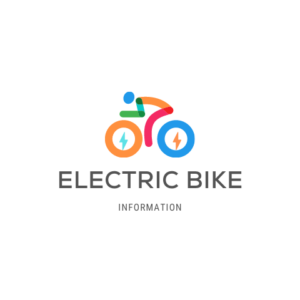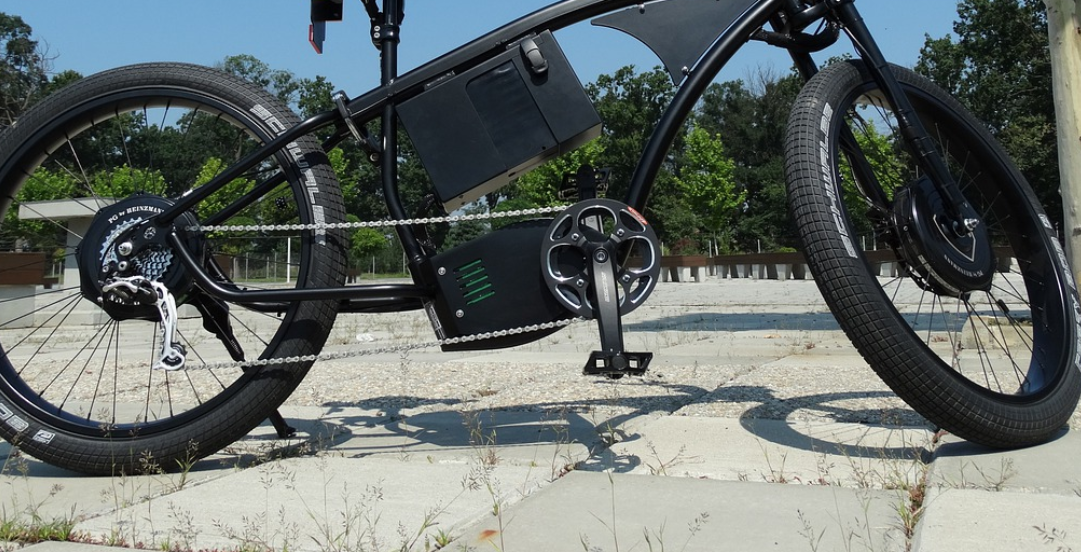The motor is one of the most expensive parts of your electric bike, so it’s best to look after it. An ebike motor can overheat in certain situations, reducing its effectiveness and lifespan or ruining it completely.
In this article, we’ll go into the possible causes of electric bike motors overheating and what you can do to stop it.
What Happens When Your Ebike Motor Overheats?
There is a lot of friction inside an electric bike motor, creating heat. This is the same whether you have a hub-mounted or mid-mounted motor. When the motor gets additional heat, it can be too much for it to dissipate, causing the motor harm. The more this happens, the worse it gets. In our experience, if the motor overheats once, it’s more likely to happen again.
The extra heat can cause the motor to lock up, which is disastrous, as you’ll need a rebuild or a new one.
What Makes Your Ebike Motor Over Heat?
Direct Sunlight
Most electric bikes are designed to not be affected by the sun. However, it’s a good idea to limit their exposure, as the heat can be pretty intense. If you live somewhere like Arizona, or one of the hotter states, you have to keep the components out of direct sunlight as much as possible.
When you leave your ebike unattended, try to find a shady spot or cover it with something. This will prevent your ebike motor from overheating and keep it in good condition.
In addition, storing your ebike in temperatures that are not too hot or cold will prolong the life of your battery while allowing you to get the maximum range from it.
Asking Too Much From Your Ebike
You need to know the capabilities of your electric bike and stay within its limitations. For example, if you ride a low-powered ebike up exceptionally steep hills or through deep sand, your motor will need to work harder, creating more heat. This sustained work, combined with a high ambient temperature, will cause your motor to overheat. The same applies if your ebike is incredibly heavy, it means the motor works harder. We see this a lot on courier ebikes with larger loads.
Most electric bikes have a fail-safe that will put them into limp mode if it overheats. This reduces the power output until the motor cools down. However, if you cause your bike to go into limp mode too many times, there’s a good chance that you will wear the motor out much faster.
Another way people ask too much from their ebike is by loading it up with too much weight for its power and torque. If you are a heavy rider or carry lots of heavy cargo, you need a more powerful ebike to cope with the extra demands.
The insulation around the motor’s copper coils is often the first thing that breaks down after lots of overheating. As the motor gets loaded up at lower speeds, its other components begin breaking down.
Therefore, you must ride your electric bike in the conditions it has been designed for. If you need an ebike for deliveries, buy one that’s been designed that way. Don’t overload a normal, smaller ebike designed for coumiting.
Your Ebike Motor May Be Damaged
Ebike motor manufacturers build their motors with a level of ingress protection. This prevents a certain amount of dirt and water from getting into the motor’s workings. However, it can seep in under extreme circumstances, causing the internal components to rust. Rust increases friction, but it can also cause the internal wiring to short. If salt water gets in from riding on the beach, it’ll do even more damage, sometimes irreparable.
Internal damage like rust is hard to detect. But, you may find evidence externally, around the metal seams. If you’ve done everything you can to prevent your motor from overheating, but it still happens, take your bike to a specialist. A specialist will be able to check your motor for internal damage or rust.
The Default Settings Have Changed
It can be tempting to alter your ebike’s factory settings. Ebike manufacturers use these settings for reasons determined by the designers and engineers. The bike will have been tested using these parameters. Still, you may change the settings that alter how your ebike performs under optimum conditions.
Running your ebike outside its recommended settings for prolonged amounts of time can cause damage. The motor could overheat, burn out, short circuit, or seize up.
With this in mind, it’s best to leave the settings of your electric bike as it came from the factory unless you really know what you’re doing. Also, changing the settings can make your electric bike illegal and possibly void its guarantee.
For example, if you changed the top speed or removed any limiters it could be illegal to use in your state.
Not Using Original Parts
You may see aftermarket parts, such as battery chargers, that may be cheaper than the ones from your ebike’s manufacturer. On paper, one of these chargers could look compatible, but it could harm your battery, causing it to overheat. In turn, this hot battery can cause damage to your motor.
You may come across an aftermarket battery offing more power, or it is a less expensive replacement for your original one. It is a bad idea to use this battery on your ebike. The battery needs to be made specifically for your bike’s power system. If you use one that is too powerful, it can cause the motor to overheat.
The same applies to using a power bank. We’ve seen some great power banks out there but there are also some awful ones that can ruin your ebikes battery.
If your battery is damaged, you can ride your electric bike without it. However, this can come with its own problems.

More Tips For Keeping Your Ebike Motor Cool
Don’t Be Lazy
Electric bikes with hub-mounted motors often have a throttle. Riders can overuse their throttle, especially on steep hills, giving you overheating error codes.
The motor is there to help you, not do all the work all the time. So one of the best ways to stop your ebike overheating is to pedal to take the strain off the motor.
We tend to use the throttle as a boost or an enhanced assist sparingly. Even on Class 3 ebikes. Here’s a general reminder regarding throttle and classes (that most states subscribe to):
| Class | Throttle |
| Class 1 | No throttle, pedal assist only |
| Class 2 | Throttle actuated motor, but usually limited to around 20mph |
| Class 3 | Usually throttle powered with a higher speed, around 28-30mph. |
Use The Bike’s Gearing Efficiently
When you ride your ebike, don’t forget that you have several gears to use. So don’t rely on your assistance levels alone. If you can learn to use your gears and assistance levels together, your motor becomes less stressed, keeping its temperature down. It also significantly extends the range of your battery.
You should start riding in a gear so you pedal at a relatively high cadence. Pedaling faster rather than harder will give you more power output over the distance of a climb. Only change up your assistance level when you’re tired.
Give Your Bike A Rest
It doesn’t take long for an ebike motor to heat up, especially a hub-mounted one, but they also cool down quickly. If you give your bike’s motor a break for 2 to 5 minutes, its temperature will drop to its optimum operating temperature. Pick and choose where you use the assist. For example, we often see riders using the assist going down hill. It’s unnecessary. If you’ve just crested a hill using the assist function, the motor will have put in a lot of work. Coast down the hill and give your motor a rest.
Listen To Your Bike
Most electric bikes use a heads up display that tells you what mode the bike is in, the speed you’re going, battery life etc. Some will display error codes too when something isn’t right. If this happens, read up on what the code means and get it fixed. If you don’t, the problem will just get worse.
Final Thoughts
Manufacturers use strict quality control measures and follow numerous laws when designing an electric bike’s electrical components. Nonetheless, you must pay attention to how you use and maintain your electric bike.
If you follow the above tips there’s less chance of your ebike motor overheating.
If you’ve enjoyed this article then our blog is full of others that might be interesting to you. We also write hands on reviews of electric bikes we’ve tested so if you’re thinking of an upgrade, check out our reviews page.

